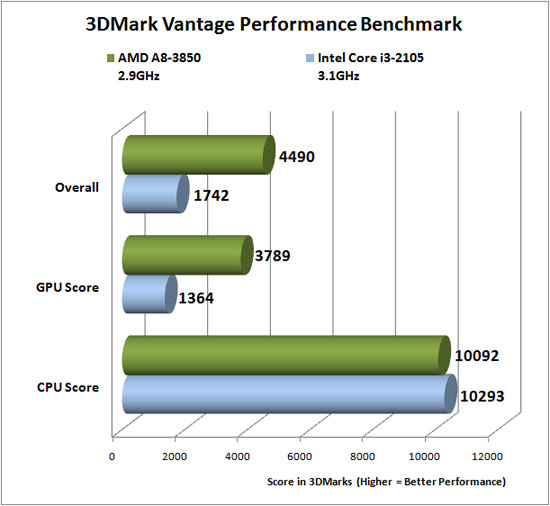D
Deleted member 13524
Guest
Yeah, london is the family consisting of Thames, Chelsea, Heathrow, Wimbledon.. and supposedly the gpus on khrisna and trinity.

Erm.. I can't see "London" in that graph, nor I remember seeing it in any other graphs related to SI recently.







